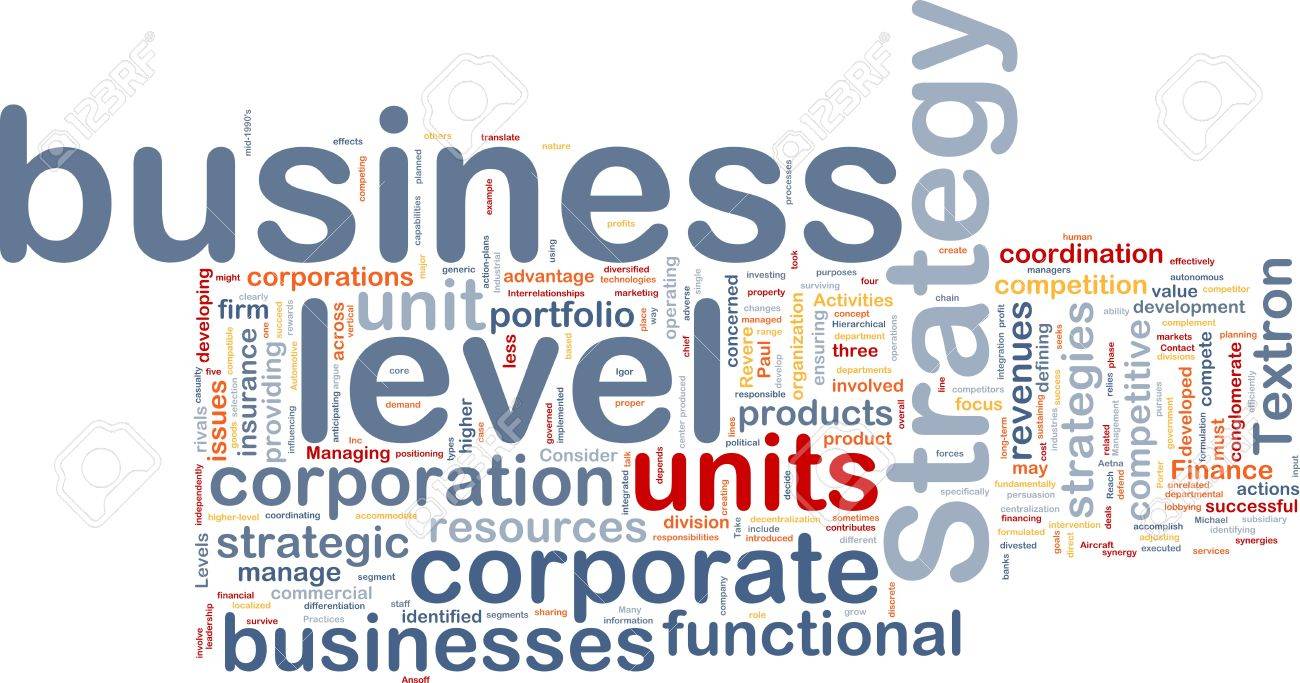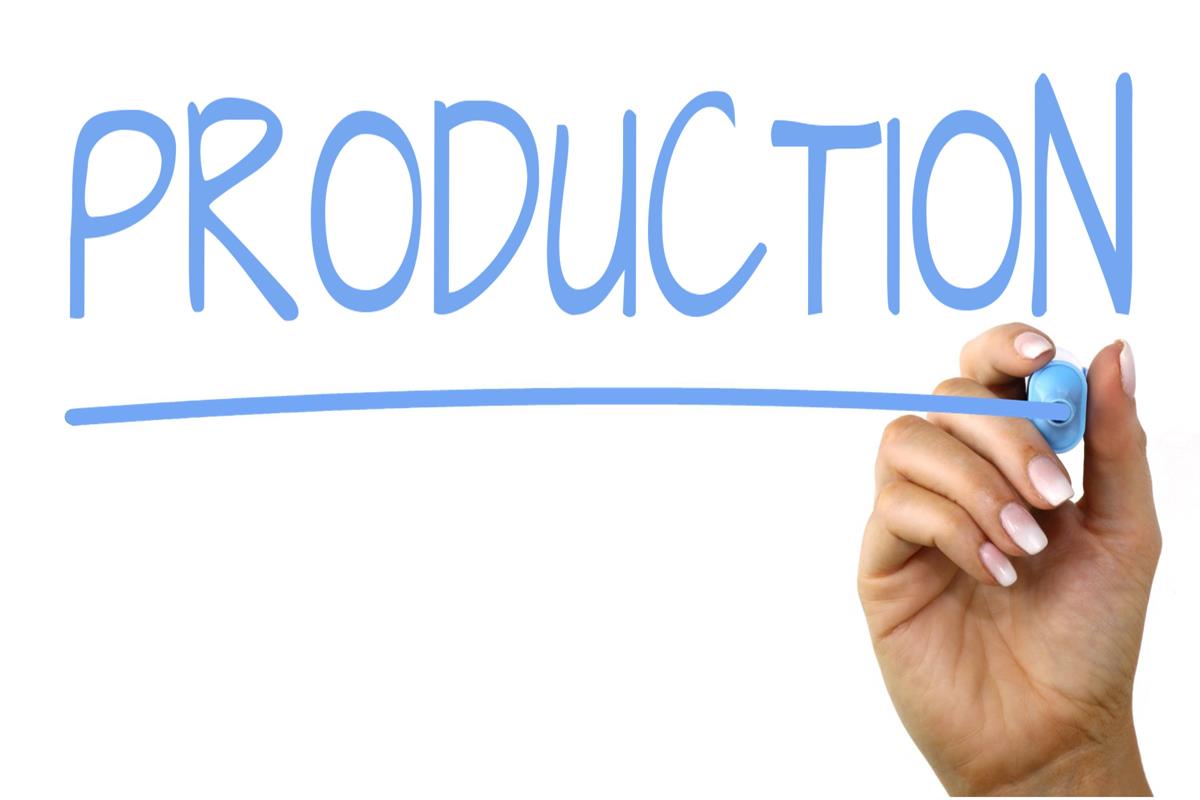What is Functional Level Strategy and Why Should You Care?
For a business, a functional strategy is a short-term plan for an important specific function to reach corporate and business unit objectives and strategies. It directs through optimizing the productivity of resource allocation and making coordination effective.
Let’s discuss this type of strategy and see if you can apply it to your organization!
What is Functional Level Strategy?
Functional Level Strategy can be described as the day-to-day strategy designed to help implement strategies at the corporate and business levels. Such strategies are formulated according to top-level management guidelines.
This strategy is about decision making at the operational level, considered strategic decisions, for different functional areas like manufacturing, marketing, research and development, finance, personnel, etc.
Because such decisions are aligned with the business strategy, strategists provide the functional level managers with adequate guidance and recommendations for the effective execution of the company’s strategies and policies.
Functional level strategy is one of the three types of business strategy, and we will elaborate more on these types in the following section, “3 Types of Business Strategy.”
3 Types of Business Strategy
Corporate Level Strategy

Consider your corporate strategy as the driving force of your business. These top-level strategies will determine the principal purpose of your business.
Setting your corporate plan will directly influence the decision-making in any other area of your company. With a corporate plan, you can set general goals and objectives, scale resource usage, and identify the desired outcomes or accomplishments.
Business Level Strategy

Initiatives at the company level transform the organizational strategies into more concrete actions. Your company plans will consequently specify the tasks and activities needed to accomplish your corporate strategy.
For instance, based on the corporate strategy, to boost market share, the business strategies could be growing the marketing expenditure, enhancing the quality of the product, and strengthening exposure.
Functional Level Strategy

Strategies at the functional level are the actions and objectives delegated to multiple departments that promote your plan at the corporate and business levels. These methods define the results of the daily operations of particular divisions (or functions) of your company that you wish to see accomplished.
Corporate and business goals generally involve different functional areas like HR, R & D, and production, illustrated by your functional-level strategies. Thus, continue with the example above, to grow market share, your functional level strategy should be hiring qualified employees, enhancing brand identity, and lowering rejections.
The Role of Functional Level Strategy
By giving insights about business activities management, the functional level strategy supports the overall business strategy. It also clarifies how functional managers should perform so that better results can be achieved.
A functional strategy specifies what to do, how to do it, and when to do it. In other words, it serves as a guide for functional staff. For functional managers to work the strategy out, strategies must be divided into feasible plans and policies that work collaboratively.
Overall, functional strategy assists in the overall business strategy and specifies how functional managers perform in their functional areas.
4 Main Factors of Functional Level Strategy
Alignment

Strategies at the functional level must always align with the strategy mentioned above at the business and corporate levels.
For instance, if your corporate strategy is to increase market share and your business strategy is to promote brand identity, then the fact that your marketing department updating their computer systems will not align.
Integration

Functional strategies must always be implemented horizontally, too. For example, manage procurement/production, stocks, and logistics. By doing this, you can develop a backlog for products in various departments before going to a suitable place.
Resource

To execute the functional strategy, different divisions and departments need to obtain appropriate and adequate resources in terms of material resources (capital) and workers.
Progression

Too much data and information for evaluating progress is a challenge to successfully executing a functional strategy. It is important to thoroughly identify what data should be tracked to assess whether you are making progress or not.
Functional Level Strategy in Different Functional Business Areas
Production

The overall manufacturing system, operational planning, and control, logistics, and supply chain management are the core of a company’s production strategy. The production strategy’s fundamental goal is to improve the quality, boost the quantity, and minimize the total production cost.
Human Resource

The human resource strategy involves how an organization strives towards staff development by offering the employees the opportunities and working conditions to maximize their contribution. In other words, it is about choosing the best employee to undertake a specific task or job. All the HR activities like recruitment, development, motivation, retention of employees, and industrial relations are concentrated.
Finance

A financial strategy encompasses all aspects of financial management, such as the planning, acquisition, use, and control of the company’s financial resources. This involves increasing capital, setting up budgets, distributing funds, making investments, purchasing properties, maintaining working capital, paying dividends, measuring the business’ net worth, etc.
Marketing

Marketing involves all the tasks associated with recognizing consumer desires and making attempts to meet those needs with the goods and services they need, in exchange for appreciation. The most crucial component of a marketing strategy is the marketing mix, which includes all the actions a company can take to improve its product demand. It involves product, price, place, promotion, people, process, and physical evidence.
Let’s see; SWOT analysis extensively evaluates the situation of the company for the execution of a marketing plan. It has three key components, namely planning, execution, and control.
Social marketing, augmented marketing, direct marketing, person marketing, place marketing, relationship marketing, Synchro marketing, concentrated marketing, service marketing, differential marketing, and demarketing are examples of strategic marketing techniques.
10 Important Features of Functional Level Strategy
-
The strategy of the parent business unit decides the functional strategy’s steps.
-
The functional strategy involves unit, department, business division.
-
It emphasizes on what needs to happen now to get the ultimate plan going.
-
It provides detailed statements of the methods or activities for reaching short-term objectives and maintain a competitive edge.
-
A functional strategy can contain some sub-functional areas.
-
The scope of a functional strategy is narrower than that of a business strategy. A functional one will provide detailed information on the overall business goal by outlining the actions, procedures, and practices to control a specific function.
-
It seeks to accomplish goals for the corporate and business unit by optimizing the efficiency of capital.
-
It defines explicitly what should be accomplished in each functional area; therefore, it is more detailed and action-oriented.
-
These functional strategies tend to concentrate on the external environment.
-
When executing such strategies, various policy decisions should be made for each functional area.
Conclusion
In general, functional strategy is all about function operation and its related activities. It aims to reach the corporate and business level goals in a particular functional area by getting the most out of the resources on hand.
If you are looking for an effective way to reach target customers and establish a competitive edge, you can try adopting a go-to-market strategy. Let’s find out more here: What is a Go To Market strategy? 7 Steps to build a successful Go To Market strategy.
If you have any questions, do not hesitate to leave a comment in the box below. We are glad to help you out. If you find this post useful, you can share this with your friends.





